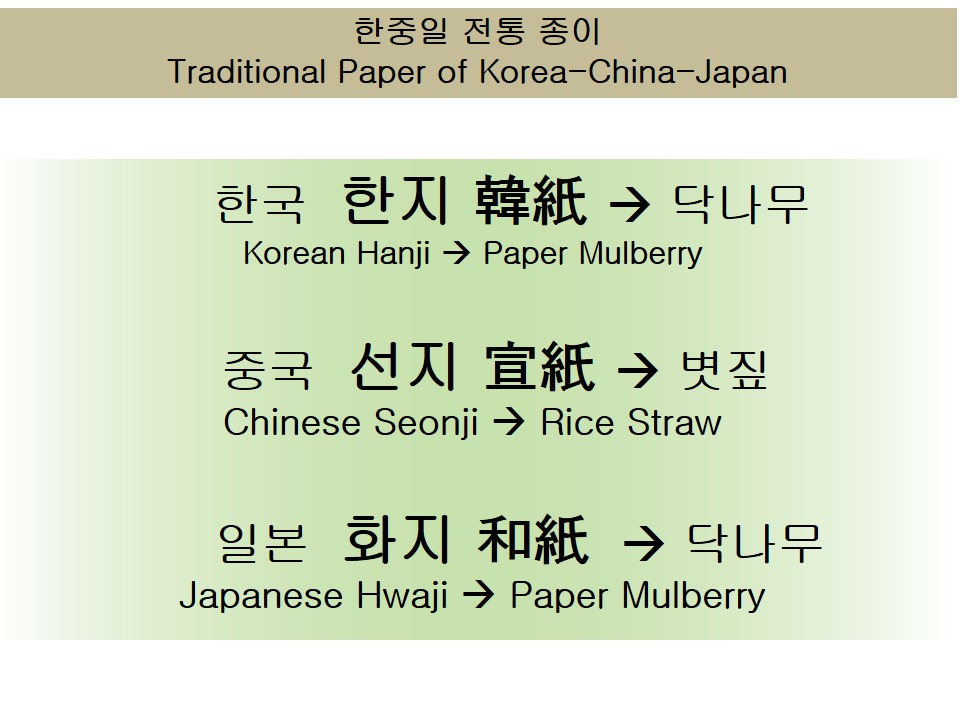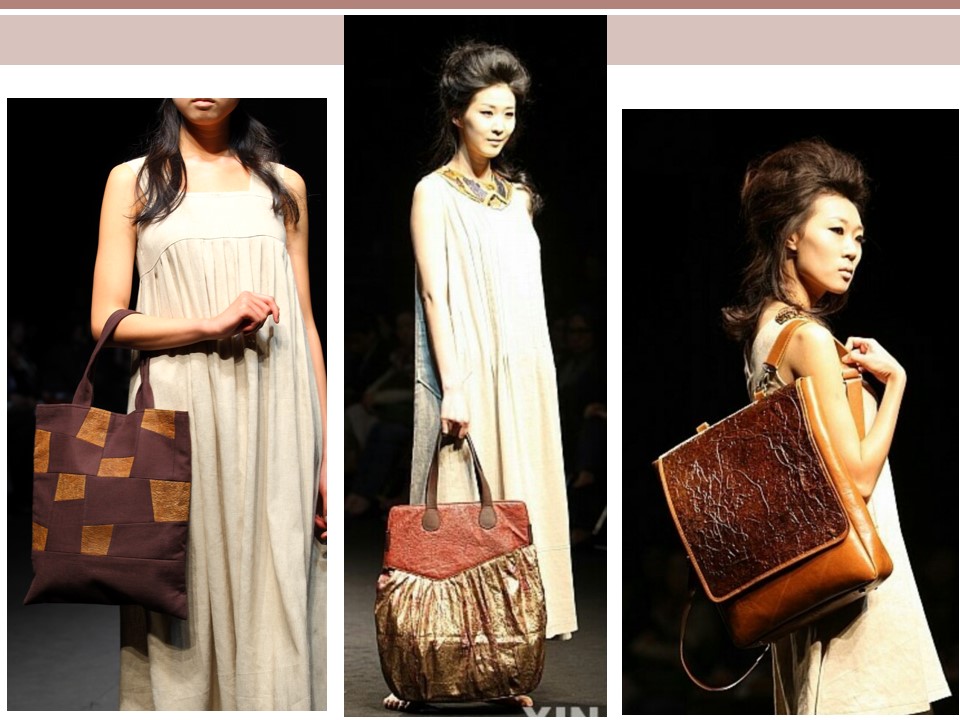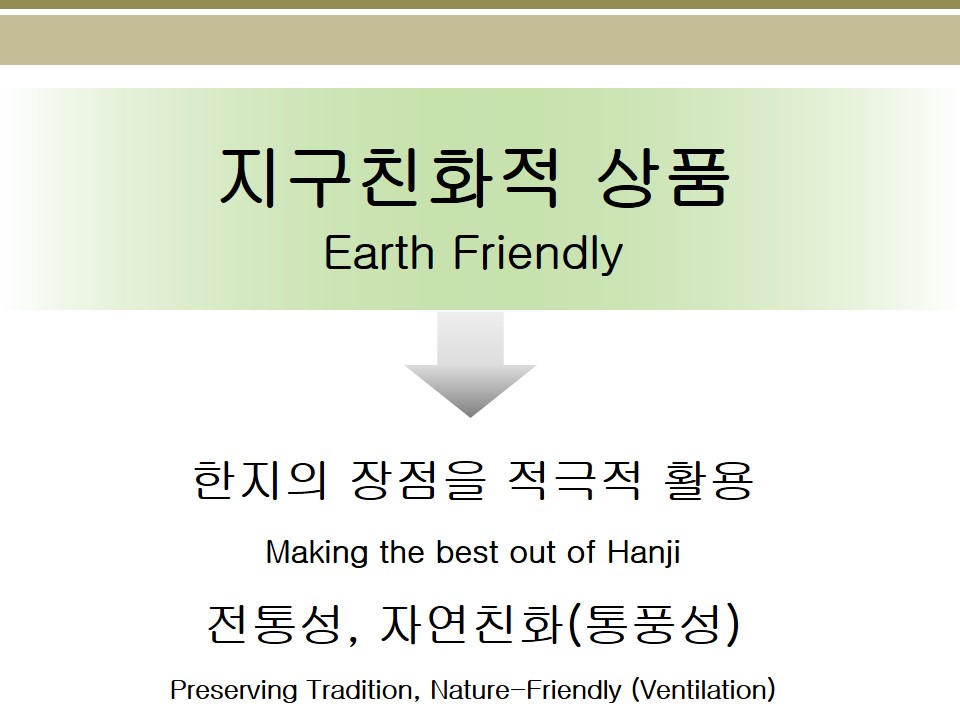
Home > CICI News > What’s New

| Title | Korea CQ - Epilogue of Lecture on 'Globalization of Traditional Hanji' | ||||
|---|---|---|---|---|---|
| Posted by | webmaster | Hit | 3887 | Date | 2016.11.10 |
| Files | |||||
Dear Korea CQ members, I hope you are having a great day. On November 8, Korea CQ had the lecture on ‘Globalization of Traditional Hanji’ by Lee Hae Eun, Hanji Artist, at the Singaporean Ambassador's residence. Members participated were H.E. Wei Kiat Yip, H.E. Elisabeth Bertagnoli, Lee Hae Eun, Kwon Jung Gu, Bill Miner, Lissa Miner, Choi Junghwa, Jeong Ian, Sung Jae Chul, Bang Eugene, Philippe Noirot, Didier Beltoise, Ellen Kim, Lee Young Joo, Oh Myung Hee, Oh Young Jin, Yoon Hee Jin. CQ members arrived at the residence on time and had time to catch up during reception. 
H.E. Wei Kiat Yip gave a congratulatory message and officially welcomed CQ members. Members then enjoyed a video that showed the beautiful and vivid charms of Singapore. 
Before the lecture, members enjoyed a delicious and unforgettable dinner including Chicken Curry, Braided Pork Belly, and Fried Prawn with Spicy Sweet Sauce, prepared by H.E. Wei Kiat Yip and Millennium Hilton Seoul Hotel. CQ members especially appreciated with the Nonya Laksa, a traditional Singaporean noodle dish, which was specially prepared by the ambassador. 
After ending the dinner with a delicious dessert, the lecture by Artist Lee Hae Eun started. Ms. Lee Hae Eun is Korea’s first artist who promotes the globalization of the lacquered hanji, which is traditional Korean paper, and in 2014, she was selected as a member of a government support project where she used lacquering to develop stronger, waterproof lacquered hanji, which had 2.5 times greater attrition rate. Currently, she makes traditional Korean handbags and fashion items with lacquered hanji instead of using leather as the base fabric. In 2015, she was invited to OSAKA Goods Exhibition and appeared on Gansai TV, and her art pieces were selected as a KCDF Hanji Cultural Goods Development Work. In 2017, she will be participating in the international trade fair for paper and stationery 'Paperworld Frankfurt 2017' in Frankfurt, Germany. 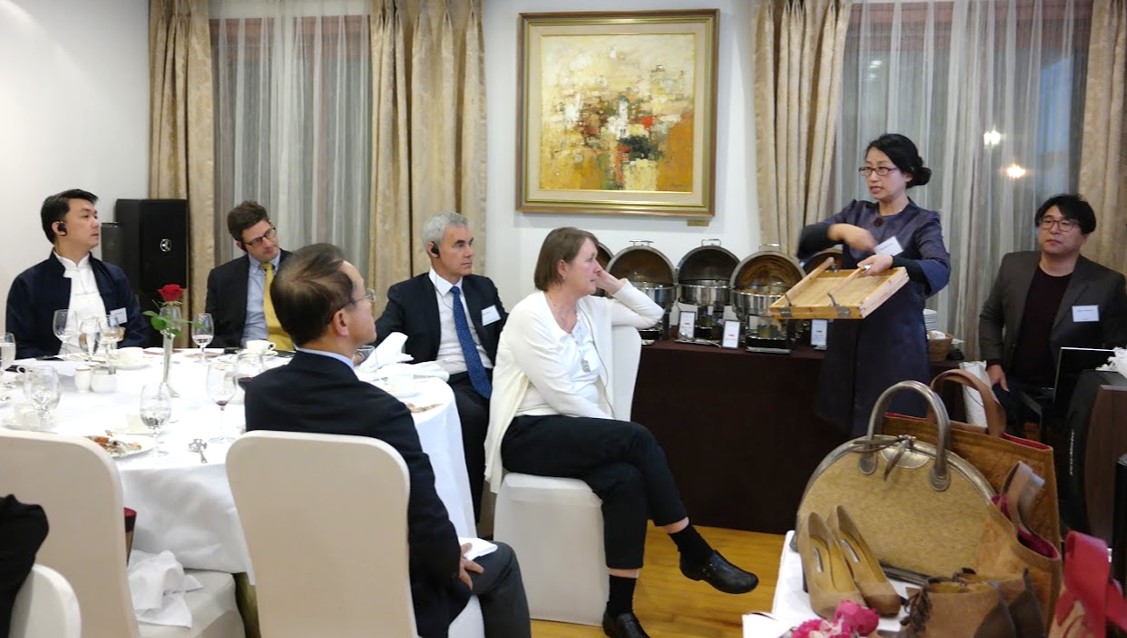
Korea CQ members learned the differences and characteristics of traditional paper of Korea-China-Japan, and the production process of hanji. Members also appreciated the beautiful lacquered hanji bags, wallets, and shoes that Ms. Lee Hae Eun made, and Ms. Lee emphasized the philosophy of her art work; ‘Earth Friendly’ and ‘Preserving Tradition.’ 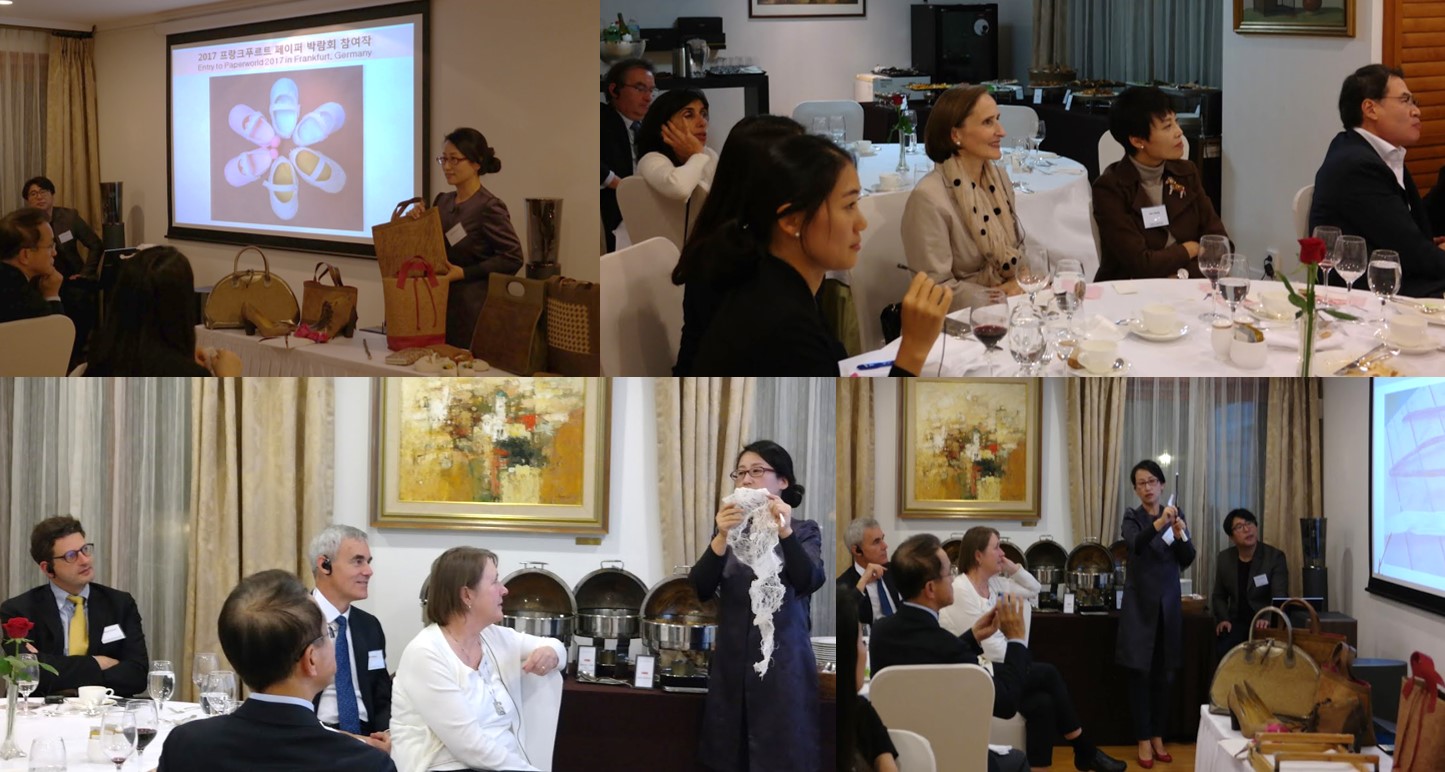
After the Q&A session, Korea CQ members made hanji corsages, specially prepared by Ms. Lee. It was interesting lecture to learn about the excellence of hanji. 
We thank H.E Wei Kiat Yip for his warm hospitality, giving us an opportunity to have an unforgettable night at his venue and offering us a taste the wonderful Singaporean cuisine. We also thank all members who were able to take their precious time to attend the Korea CQ lecture. We would also like to specially thank Ms. Lee Hae Eun for her informative lecture, and Ms. Yoon Hee Jin for her outstanding interpretation help. Lecture note of Ms. Lee Hae Eun is attached below. On November 22, Korea CQ will have a lecture on ‘Antonio Corea – First Korean in Europe.’ We are looking forward to our members’ active participation. Thank you again for your unwavering support and have a nice day. Korea CQ Nayun Shin 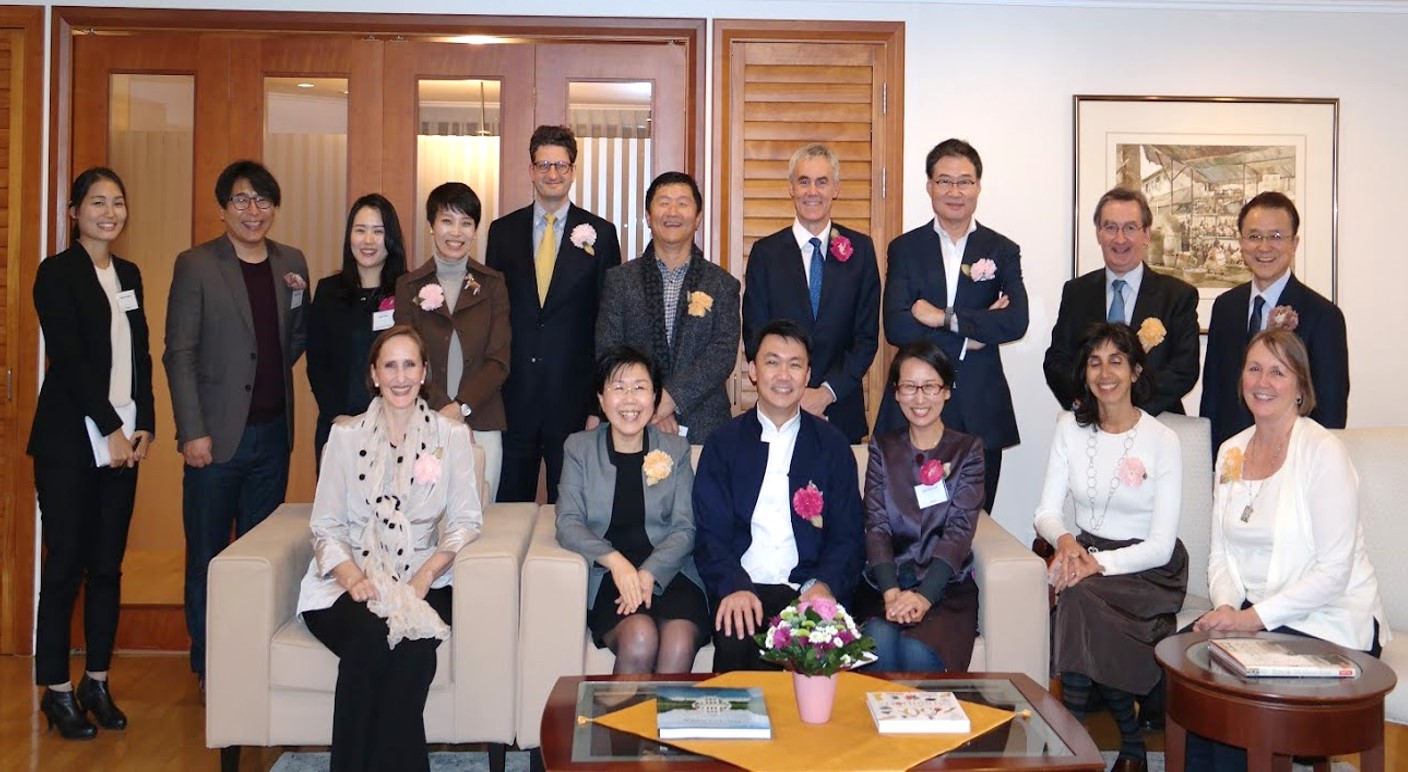
For more pictures, please click the link below. https://goo.gl/photos/RSFLQiVxi4j3u2mq6 <November 8, Lecture Notes>
‘Lacquered Hanji – Globalization of Traditional Hanji’ Lecturer: Hae Eun Lee, Hanji Artist Traditional Paper of Korea-China-Japan and Their Characteristics
Made of paper mulberry, Korean Hanji is durable, well-ventilated, and can be well preserved, whereas Japanese Hwaji, which is made of paper mulberry like Korean Hanji, has compact and smooth features that can be used as drawing papers. Chinese Seonji is made of rice straw so it tends to be rough and weak, but it is very absorbent, and is thus used as calligraphy paper. Production Process of Hanji
1. Collect and steam the paper mulberry – When steaming the paper mulberry, strip the outer layer of the tree. Remove the black skin from the outer layer of the paper mulberry, leaving just the white skin. Steam this white skin. Only 1-year-old paper mulberry should be used, because paper mulberry becomes tougher the older it gets.
2. Boil the skin – Boil the skin of paper mulberry again. This will make the outer layer of the tree flexible and tender.
3. Wash and bleach in the air – In order to remove even the smallest dust, wash it again with water.
4. Gohae (hammer) and stir the textile in water – The next step is to hammer and beat the fiber of the layer and make it as textile form which leads to the difference between Western and Asian paper. Western paper is made of ground trees whereas Asian paper is made by hammering the textile, which makes it stronger than Western paper. After hammering, stir the textile in water.
5. Shape Hanji – There are two methods to shaping Hanji; one is Oebalttugi and the other one is Ssangbalttugi. Oebalttugi is the traditional method in Korea. Instead of using specific frames, in this method, the paper is shaped by hanging it on one rope, shaking and rolling it numerous times. In Ssangbalttugi, which is a Japanese way, the paper is shaped within a frame, shaking and draining the water. The paper made by Ssangbalttugi method is not as strong as Oebalttugi because Ssangbalttugi is completed after shaking the frame and draining the water just once. However, 4 sheets of hanji can be made by Ssangbalttugi in the time it takes to make one by Oebalttugi, so recently, Ssangbalttugi is often used to make hanji.
6. Squeeze out Water from Hanji and dry – Pile up Hanji and separate it from water. Use a special machine to squeeze out water and then dry with heating panel.
7. Dochim – Spread evenly and smoothly Hanji at the last step. The dochim process can give the hanji a glossy, polished finish. In the Koryo Dynasty, such hanji was called Koryoji, and it was considered a better tribute than silk in China. Artist Hae Eun Lee’s Work Process
Overlap 3 to 4 hanji with water and crumple them together. Water needs to be used when overlapping in order to bond papers together. After overlapping, crumple hanji by one’s own way to make it flexible and transformable which can be changed in various shapes. Because hanji is weak against water, it needs to be lacquered. Lacquering can compromise the weakness of hanji against water and also make it effective for coating and mothproof. After lacquering, sew and embroider on hanji to make shapes and crumple it to make a like the texture of leather. List of products made by hanji – traditional bags, handbags, boston bags, card case, wallets, shoes, etc. Artist Lee will continue to work in a nature-friendly way, utilizing the best of hanji.
<Q&A> Q. Jungwha Choi, President of CICI: What is the difference between the hanji used as Changhoji, and general hanji?
A. Hae Eun Lee, Hanji Artist: The percentage of mulberry or the thickness of the hanji when shaping causes the difference. In case of Changhoji, it is thinly shaped. Japan has been studying the kinds of hanji differentiated by shaping methods. Recently, engraving, oil painting artists, and even photographers have been using hanji and various kinds of designed hanji have been produced as well.
Q. Bill Miner, CEO of Chevron: How do you sew when you work? Do you use machine?
A. Hae Eun Lee, Hanji Artist: I use a sewing machine to make holes, and sew it myself. Hanji may not be as strong as leather, but it is close, so it can be worked on the same way leather is.
Q. Youngjin Oh, Chief Editorial Writer of The Korea Times: Are the products usable when it rains?
A. Hae Eun Lee, Hanji Artist: I do the lacquering on hanji to overcome its weakness against water. The effect of lacquering is permanent and makes it mothproof.
Q. Didier Beltoise, President of Cs: How long can your products be used?
A. Hae Eun Lee, Hanji Artisst: I can use it very long time because it does not get worn out easily, and is strong against rain. For example, I have which I have been using since 2011. One point I feel is lacking, is that the edges of the products wear out with time, and people tend to think this is due to the weak characteristics of paper. That is why I started to use leather partially on my products.
Q. Didier Beltoise, President of Cs: Each product has a different feeling. How do you work on hanji papers? Is there any special method?
A. Hae Eun Lee, Hanji Artist: I need to develop more on your question. For now, with shaped hanji, I crumple them in my own way in order to differentiate them from others. My aim is to develop more kinds of texture and sophisticated designs of hanji.
Q. Lissa Miner, Chevron: Do you buy hanji papers? Or do you only work with hanji you make?
A. Hae Eun Lee, Hanji Artist: I make a order to a hanji factory, and make my works with my own shaping method which is patented.
Q. Didier Beltoise, President of Cs: How long does it take to complete one product?
A. Hae Eun Lee, Hanji Artist: I usually work on various products at once, but for each, I think I can complete one product every other day. |
|||||











